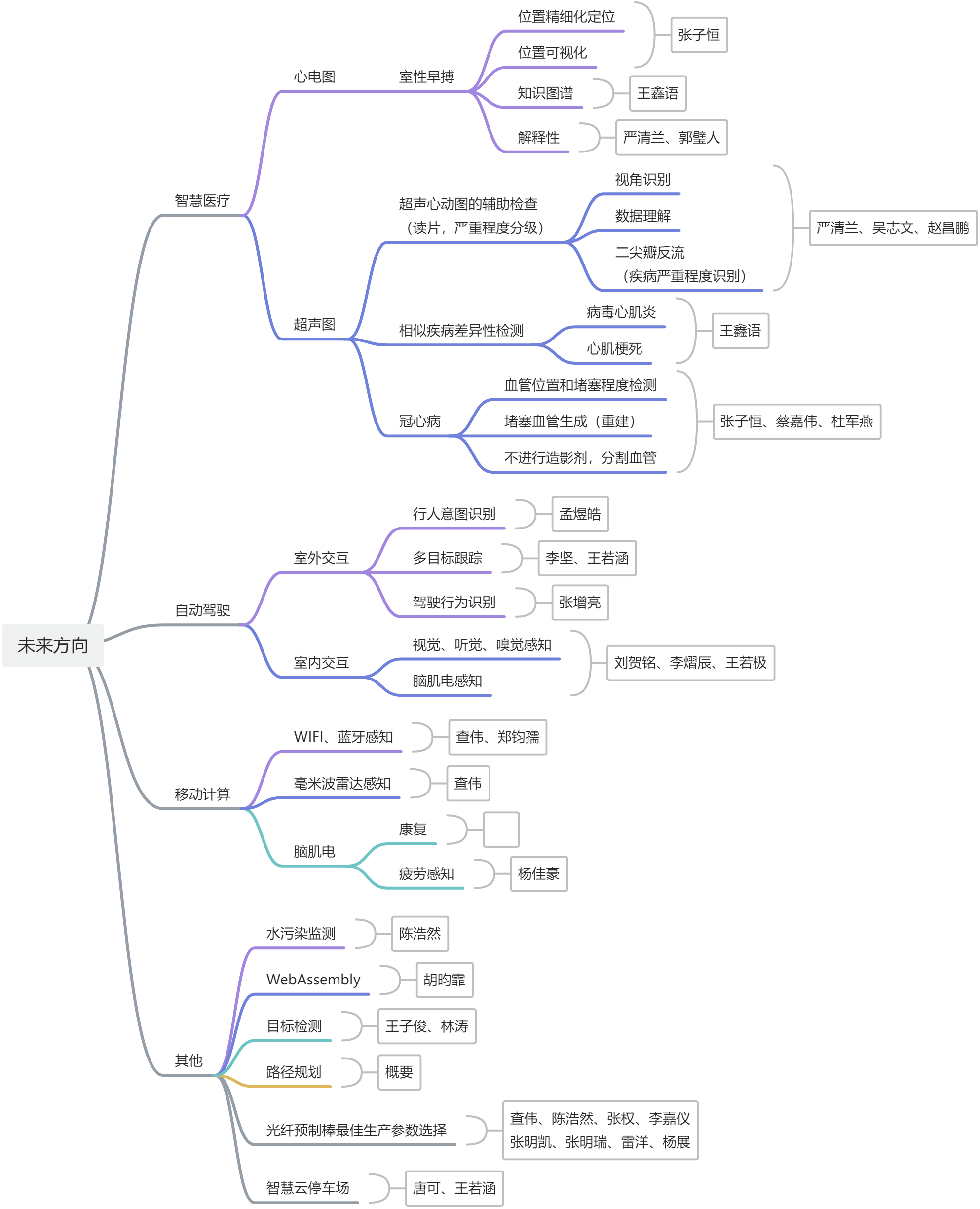
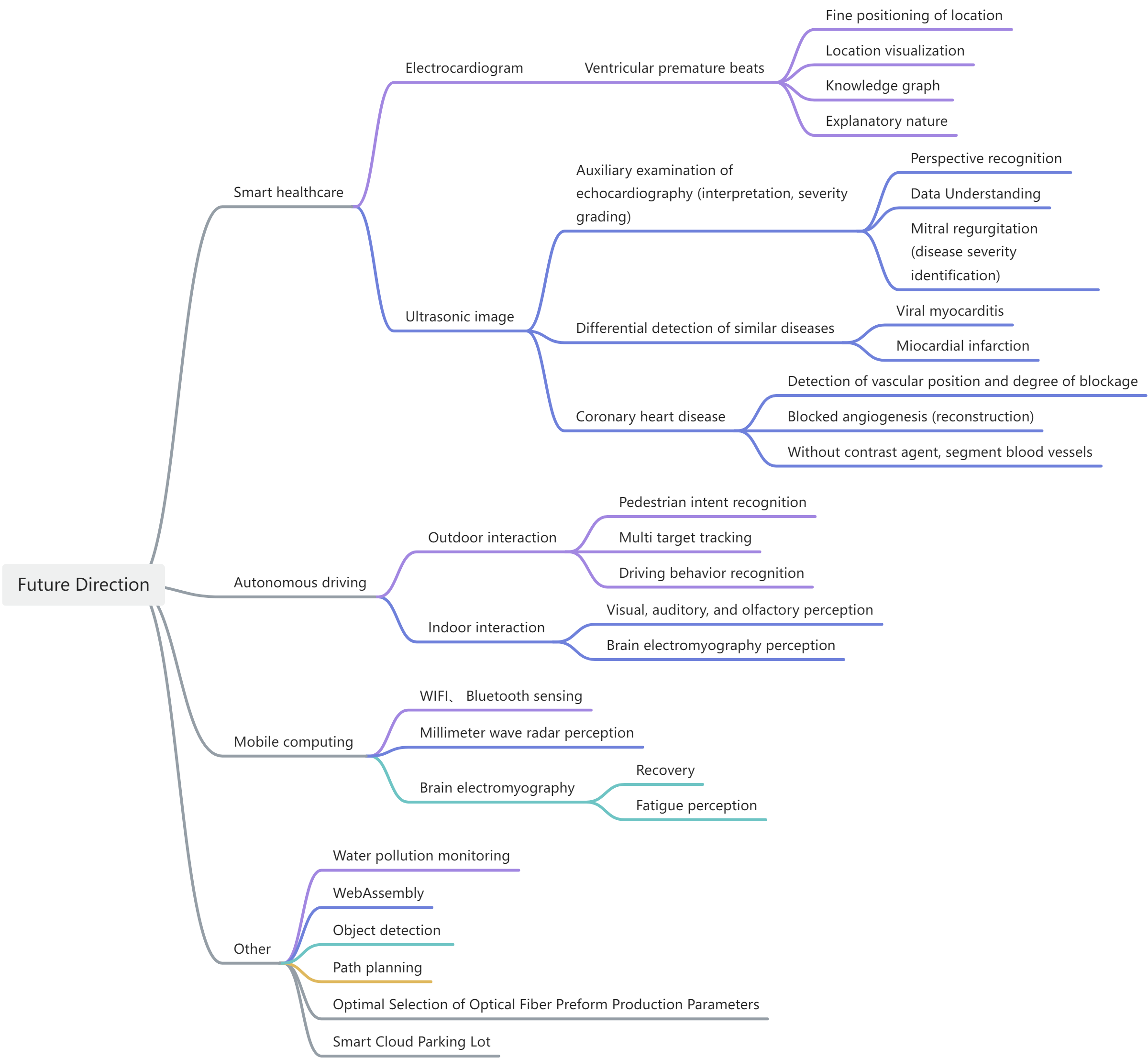
Research Area
Our research group focuses on smart healthcare, autonomous driving, mobile computing, and other cutting-edge topics.
Smart Healthcare
We specialize in intelligent analysis of ECG and ultrasound images, focusing on early detection and grading diagnosis methods for diseases.
Autonomous Driving
Our work centers on interaction technologies in indoor and outdoor environments, particularly the recognition of pedestrians, target objects, and driving behaviors.
Mobile Computing
Research focuses include WiFi and Bluetooth signal sensing technologies, millimeter-wave radar sensing, and brain-muscle electrical activity.
Additionally, we are involved in other important areas such as water pollution detection and WebAssembly technology applications.
Our research group has a broad and deep focus, concentrating on the practical application of cutting-edge technology and striving to advance and innovate in related fields.
Multiple Object Tracking
To address the limitations of Intersection over Union (IoU) in multi-target pedestrian tracking within densely populated scenes, this study innovatively proposes generating lightweight similarity-assisted matrices solely using detected bounding boxes, and designs efficient post-processing and utilization methods. This approach significantly reduces computational load while providing supplementary information to enhance object differentiation and tracking precision, thereby optimizing the association process in complex, high-density environments.
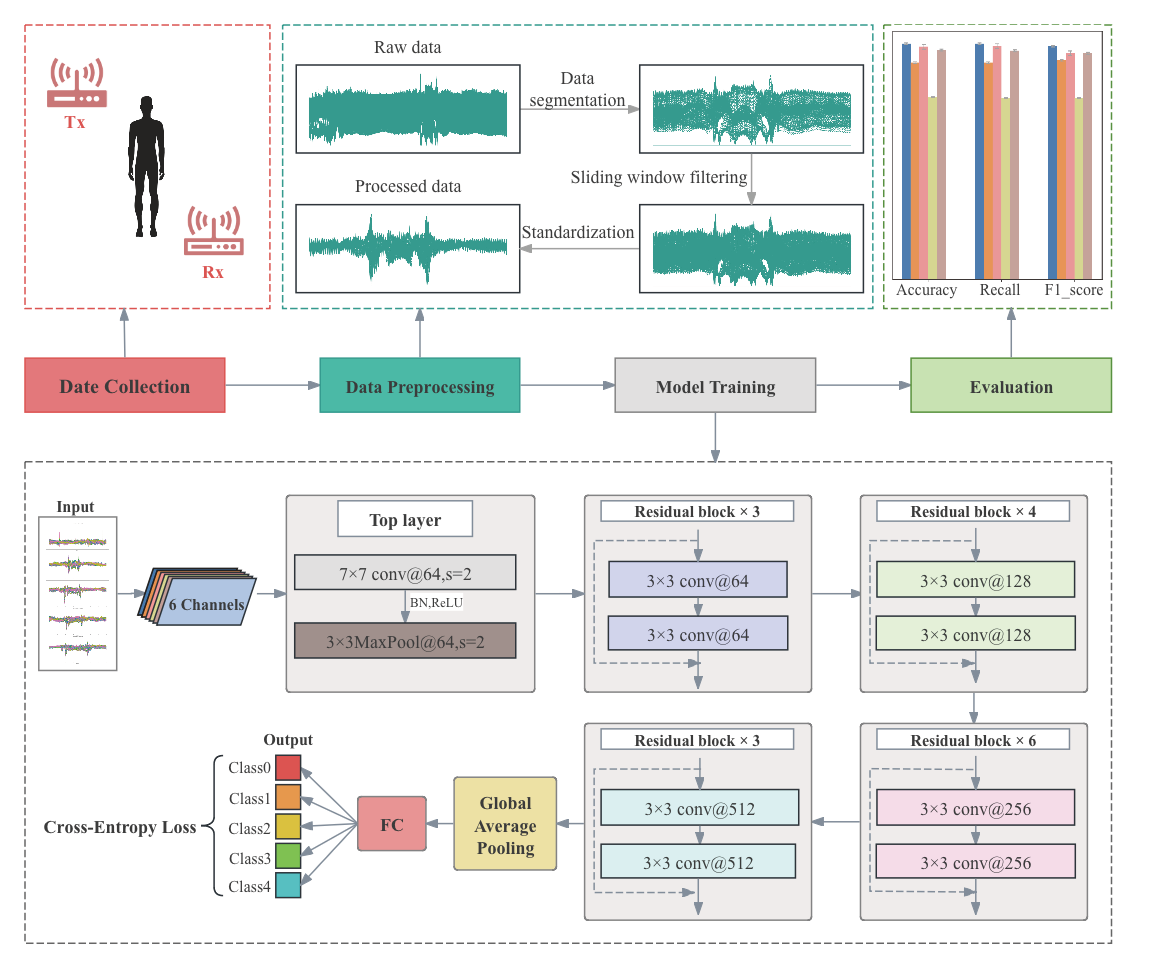
Mobile Sensing Using WiFi
Using WiFi Channel State Information (CSI) for human motion sensing is a technique that detects and recognizes human behaviors and actions by analyzing changes in wireless signals. As WiFi signals propagate, they are influenced by environmental objects (including the human body) through reflection, scattering, and diffraction, leaving characteristic information in the WiFi CSI. By analyzing these characteristics, it is possible to sense and recognize human movements and actions.
 Assisted Diagnosis.png)
Premature Ventricular Contraction (PVC) Assisted Diagnosis
Preoperative prediction of the origin site of premature ventricular complexes (PVCs) is critical for the success of operations. However, current methods are not efficient or accurate enough. In addition, among the proposed strategies, there are few good prediction methods for electrocardiogram (ECG) images combined with deep learning computer vision aspects. We propose a new neural network for the classification of 12-lead ECG images. These ECG images consist of six categories, namely, right ventricular outflow tract (RVOT, regarded as “category 0”), left ventricular outflow tract (LVOT, regarded as “category 1”), papillary muscle (PM, regarded as “category 2”), valvular annulus (VA, regarded as “category 3”), summit (summit, regarded as “category 4”), his bundle- purkinje fiber system (HPS, regarded as “category 5”). The proposed Network can quickly and accurately realize the multiclassification of PVCs after training with little data. Our network has the potential to be helpful to doctors with a preoperative diagnosis of PVCs.
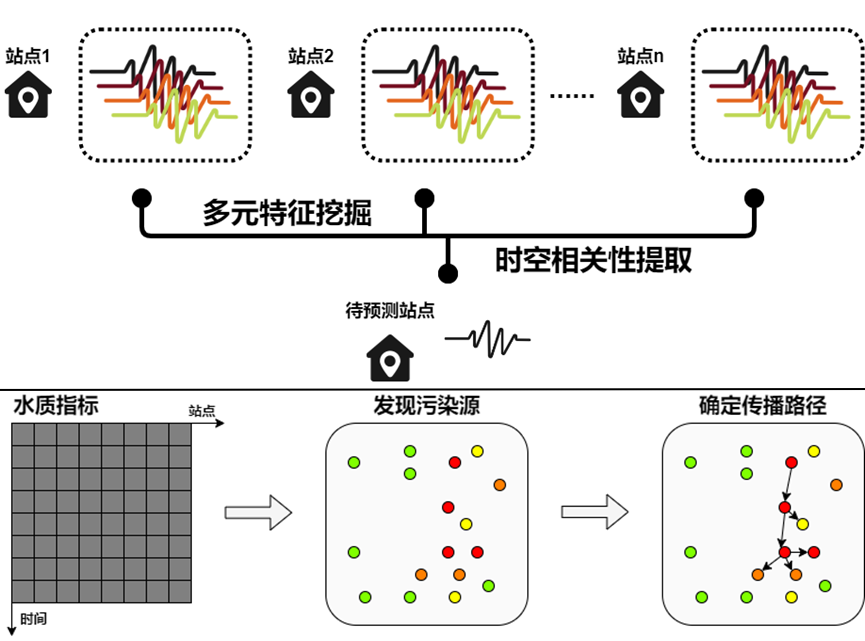
Traceability of Water Pollution Prediction
In order to achieve a leap from current monitoring to early warning, strengthen water environment supervision capabilities, ensure continuous improvement of water environment and compliance with water quality standards, and enhance the ability of water environment monitoring, early warning, and pollution tracing, it has become an important part of building a water ecological environment monitoring system. The project aims to build a water environment prediction and traceability model centered on the Qingxi River Basin, integrating new technologies such as big data and artificial intelligence, and developing and deploying water environment prediction and traceability functional modules to achieve prevention and control of river water environment risks.

WebAssembly Runtime Optimization
Research for various techniques to improve the performance of WebAssembly runtime. We focus on reducing the number of memory access and branch instructions during the execution of WebAssembly modules. We also optimize some data structures when implementing the runtime to reduce memory footprint.
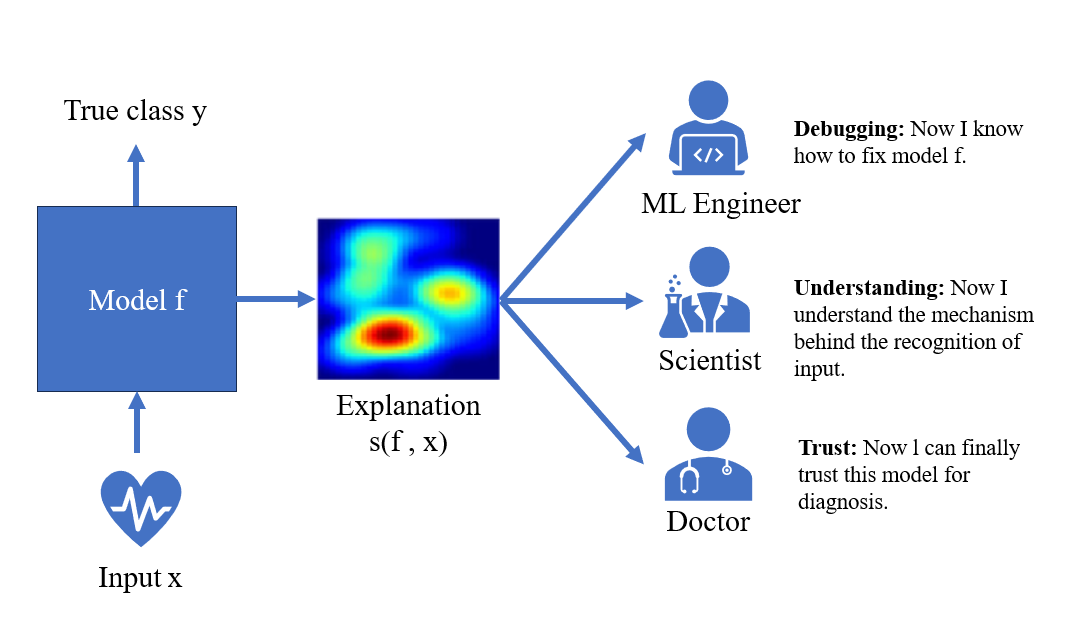
Interpretability in Medical Imaging Analysis
Although deep learning performs well in computer vision tasks, its complexity makes it difficult to understand model decisions. With the widespread application of deep learning in medical image analysis, disease prediction, and personalized treatment, doctors and patients increasingly need to understand the decision-making process of models. Interpretability research aims to reveal the basis for model judgments, in order to enhance the understanding and trust of medical professionals in decision-making.
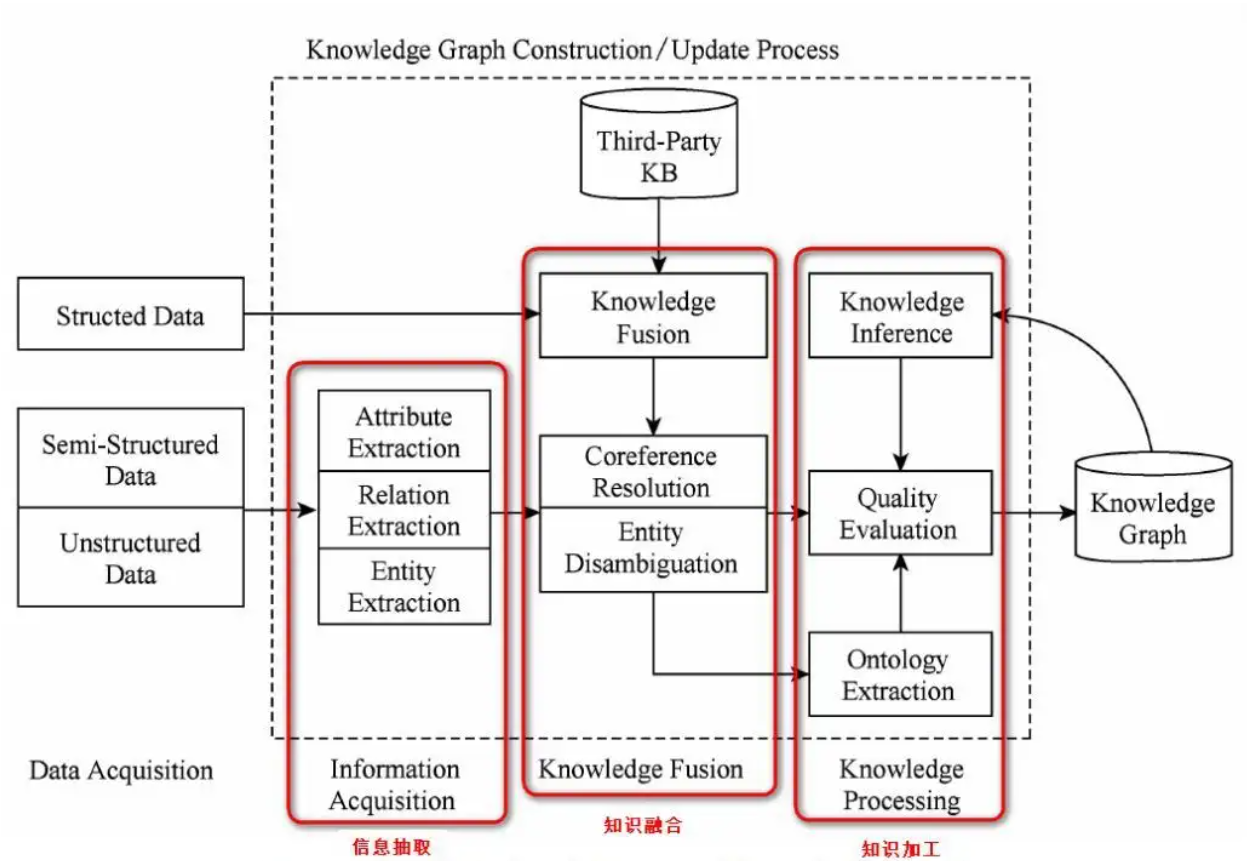
Knowledge Graph
Knowledge graph is a semantic network for describing relationships between entities, which transforms real-world information into a graphical knowledge base.The process of knowledge graph construction involves several key technologies, such as entity recognition, relationship extraction, knowledge fusion, etc., which usually need to be realized by using technologies such as natural language processing, image recognition, and machine learning.
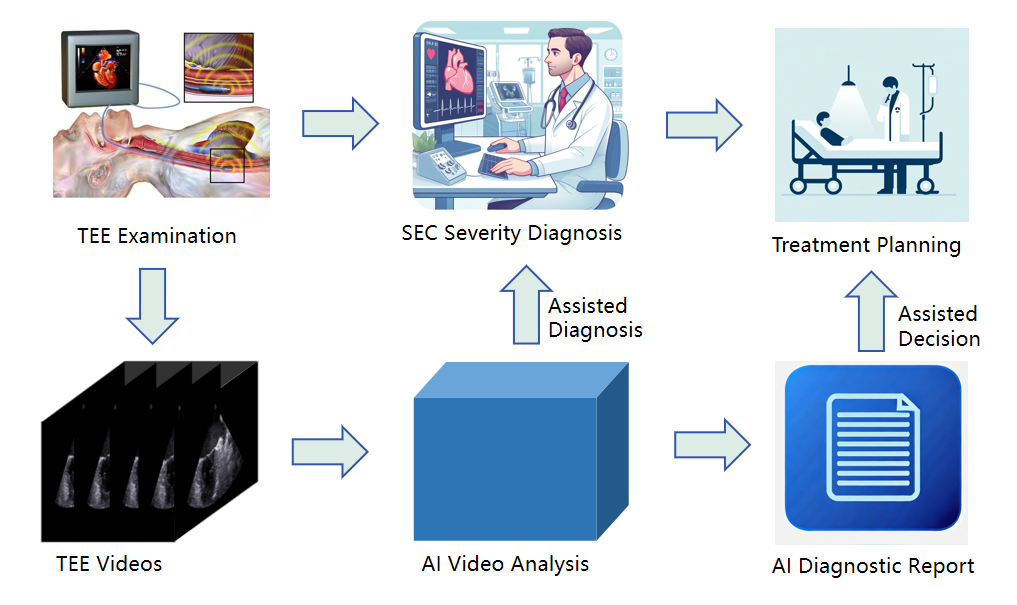
AI-Assisted SEC Diagnosis
With the rapid development of AI technology in the medical field, automatic diagnosis based on ultrasound videos has gradually become an important tool to assist doctors in diagnosis and treatment. The severity assessment of spontaneous echogenicity contrast (SEC) is crucial in preventing thrombosis and guiding preoperative and postoperative treatment of atrial fibrillation patients. However, traditional SEC diagnosis relies on the experience of doctors, which is time-consuming and easily influenced by subjectivity. We have developed an intelligent system that can automatically analyze ultrasound videos and assess the severity of SEC by introducing AI technology. This system combines deep learning models to generate detailed diagnostic reports through real-time processing of ultrasound video data, greatly improving the efficiency and accuracy of diagnosis.
.png)
Intelligent Medicine (Medical Image Processing, Medical Computing)
Develop proprietary models for diseases such as premature ventricular contractions (PVCs), dense spontaneous echo contrast (SEC) or left atrial appendage thrombus (LAAT).
Achieve tasks such as disease classification, lesion localization, and medical image segmentation.
Develop large model in the field of heart disease.